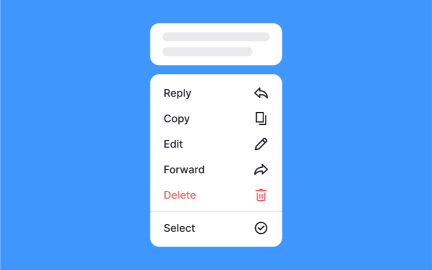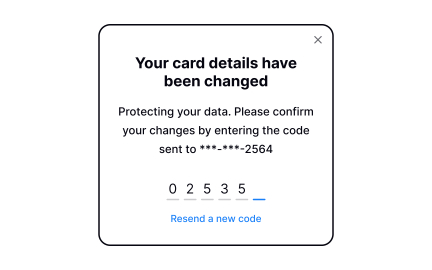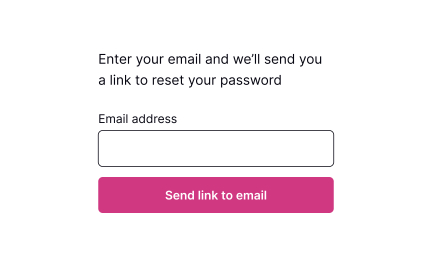Data Privacy Design
Data privacy design integrates user privacy into product interfaces and systems, ensuring control over personal information and compliance with regulations.
What is Data Privacy Design?
Data privacy design integrates user privacy protection into product development from initial planning through deployment, ensuring systems collect, store, and process personal information responsibly while maintaining functionality and user experience quality. It encompasses privacy-by-design principles, consent management, data minimization, and transparency practices that build user trust while complying with regulations like GDPR and CCPA.
This approach includes privacy engineering, consent interfaces, data governance, user control mechanisms, and transparent communication about data practices across product experiences.
Privacy Design in Product Development
Product managers must balance user privacy protection with business objectives and product functionality, ensuring privacy considerations integrate into feature development and user experience design from initial concept through launch.
Feature design and data collection planning
Consider privacy implications during feature specification ensuring data collection serves clear user benefits while minimizing personal information gathering. Design features that work well with privacy-preserving approaches rather than requiring extensive personal data.
User consent and transparency mechanisms
Design consent experiences that inform users about data practices without overwhelming them with legal complexity. Create transparency features enabling users to understand and control how their information is used throughout product experiences.
Data minimization and purpose limitation
Build systems that collect only necessary data for specific, clearly defined purposes while automatically deleting information that's no longer needed. Design storage and processing systems with privacy protection as core architectural principles.
User control and data portability features
Enable users to access, correct, and delete their personal information through self-service interfaces that don't require support team intervention. Design export functionality allowing users to take their data elsewhere if desired.
Privacy Design Principles and Best Practices
Core privacy-by-design principles:
- Proactive not reactive: Building privacy into systems before problems occur
- Privacy as default: Strongest privacy settings enabled without user action required
- Full functionality: Privacy protection that doesn't compromise core product features
- End-to-end security: Protecting data throughout entire lifecycle from collection to deletion
- Transparency: Clear, honest communication about data practices and user rights
Data collection and processing standards:
- Purpose limitation: Collecting data only for clearly defined, legitimate purposes
- Data minimization: Gathering minimum amount of personal information needed
- Storage limitation: Keeping personal data only as long as necessary for stated purposes
- Accuracy: Ensuring personal data is accurate and kept up to date
- Security: Protecting personal data through appropriate technical and organizational measures
User empowerment and control:
- Informed consent: Clear, specific consent for different types of data processing
- Access rights: User ability to see what personal data is held about them
- Correction rights: User ability to update or correct inaccurate personal information
- Deletion rights: User ability to have personal data removed from systems
- Portability rights: User ability to export their data in usable formats
Recommended resources
Courses

UX Design Patterns with Checklist Design

AI Fundamentals for UX

AI Prompts Foundations
Lessons

Deleting Account

Share & Collaborate on Figma







